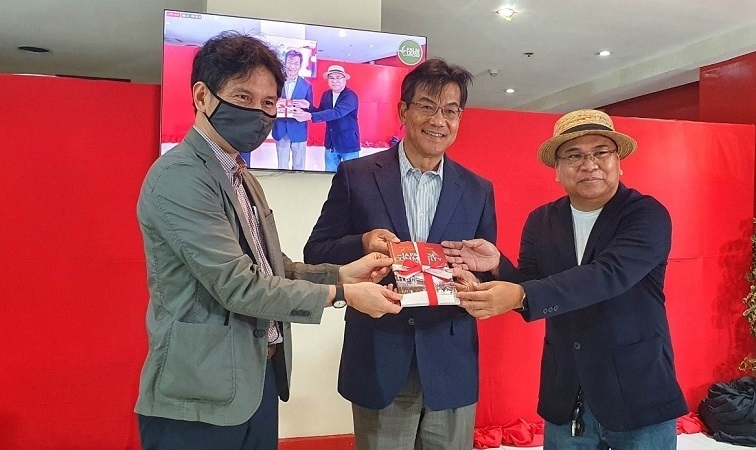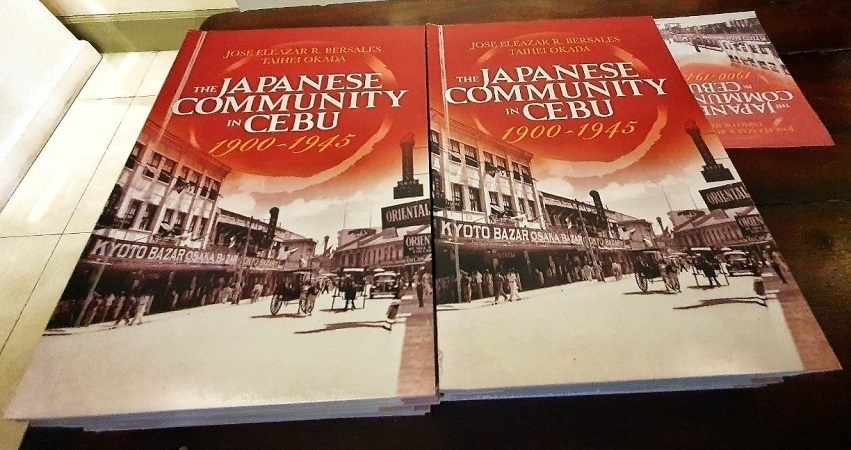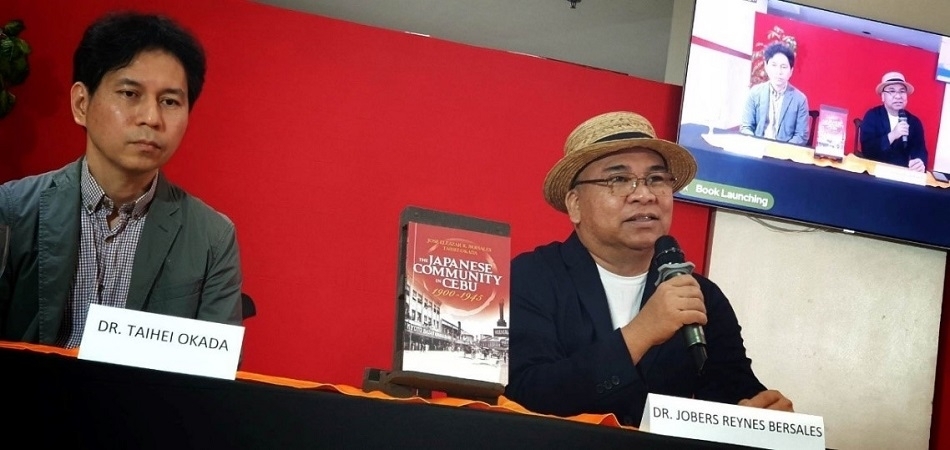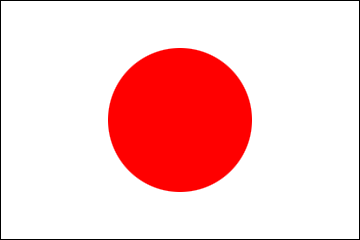Letter from Cebu (18) ”Revisiting Japan-Cebu Relations”
2023/5/17
Letter from Cebu (18)
”Revisiting Japan-Cebu Relations”
”Revisiting Japan-Cebu Relations”
I touched upon the topic regarding Japan-Cebu relations in my articles of “Letter from Cebu (5) – (8)”. Recently, a booked named “The Japanese Community in Cebu 1900-1945” was published. It was written by Dr. Jose Elezar R. Bersales, a Professor at the University of San Carlos Department of Anthropology, Sociology and History, and Dr. Taihei Okada, Professor at Department of Area Studies, the University of Tokyo. I attended the book launching ceremony on March 11th, 2023. Since I had a difficult time writing about Japan-Cebu relations, I said, “This is the book I wanted to read most, when I arrived here in Cebu last May. I should be the first one to welcome the release of this epoch-making book.”
(at the Book Launching Ceremony)
Photo Credit: The Freeman

This book is slim, 104 pages in total. But, this seems to stem from the scarcity of the first-hand information. One of the characteristics of this book is that the authors use advertisements of the newsweekly magazine, Bag-ong Kusog, which was published in 1915 up until the eve of the World War II as their local source. This book, based on its source, reveals that twelve bazaars run by the Japanese were operating (Bazar Konnichiwa, Honest Bazar, Japanese Bazar, Kyoto Bazar, Nippon Bazar, Osaka Bazar, Sakura Bazar, Sekai Bazar, Taisho Bazar, Tokyo Bazar, Washington Bazar, Fuji Bazar), trading companies such as Daido Boeki were doing business, there were bicycle shops called Sunada and Mori, the Japanese set up a Health Rubber Factory, and manufactured shoes, there was also a service company called Matsuo, making chest, cabinets, chairs and billiard tables, and there was a carpenter called Shibata.
This book also reveals the following facts; After the Pearl Harbor Attack on 8 December 1941, most of the Japanese living in Cebu were interned at an elementary school and some warehouses. They were released when the imperial Japanese forces landed on Cebu in April, 1942. Soon after the release, the Shin-Nihonjin-Kai (New Japanese Association) was esptablished. This association covered the whole of the Visayas region, 200 from Negros, 450 from Panay, 50 from Leyte and Samar, and 300 from Cebu, 1,000 in total. Japanese civilians started evacuating from Cebu in mid-1944. On 30 January 1945, several ships carrying hundreds of Japanese evacuees left the port of Cebu, but were detected by the US forces and sunk by US airplanes off the coast of Bohol. Most of them died. On 18 February 1945, the remaining Japanese in Cebu formed a unit called Cebu Japanese Resident Volunteers. The Commanding officer was Japanese Consul Chosaku Shigekaki. After the landing of the US forces in March 1945, About 420 members evacuated into the mountain area of Cebu. But they were continuously attacked and killed by the guerrillas and US forces, and only 19 members survived when they surrendered to the US forces on 16 August 1945. I did not know these facts, so I have learned a lot from this book.
(The front cover of the book)
Photo Credit: The Freeman
Photo Credit: The Freeman

On the other hand, there are two points that I do not concur with the authors. The first one is a statement of the Chapter 5 (Third Paragraph, Page 85). It says, “Chapter 2 has shown that the (pre-war) Cebu Japanese eventually did not have a trusting, harmonious relationship with the residents of Cebu, especially the Chinese.” I was surprised at this statement, and have read Chapter 2 carefully. But, most of Chapter 2 describes how vigorous the economic activities of the Japanese in Cebu were at that time. There was no evidence supporting the statement, “the Cebu Japanese eventually did not have a trusting, harmonious relationship with the residents of Cebu.”
There is a 1-page description towards the end of Chapter 2 that after the Manchurian incident in 1931 a movement to boycott Japanese goods was carried out by Chinese communities led largely by Chinese youths, and representatives of the Japanese and Chinese communities discussed this boycott movement. However, there is a lack of basis to conclude that “the Cebu Japanese eventually did not have a trusting, harmonious relationship with the residents of Cebu.” because of this movement and the following talks. As far as I know, the Japanese community in Cebu during the pre-war era, tries to forge closer ties with the local residents and made efforts to make friendship with them. I request this statement be deleted or completely re-written.
The second point that I disagree with is about the descriptions on Lieutenant Colonel Seiichi Onishi, who led the 173rd Independent Infantry battalion (the Onishi Butai). The statement of this book can be summarized as follows; The Onishi Butai was implicated in several atrocity cases during the war. Out of 12 postwar trials that dealt with war crimes in Cebu, the Onishi Butai was implicated in 7 cases. But, Lt. Col. Onishi tried to evade the indictments by leaving their responsibilities of war crimes to his subordinates. Since Lt. Col. Onishi made transactions with Col. James Cushing, head of guerrilla unit in Cebu, and allowed him and guerrillas to escape. As a result, Onishi’s command responsibility was not pursued by the US prosecutors.
However, no evidence supporting the statement that Lt. Col. Onishi left his war crime responsibilities to his subordinates is presented in the book. Also, no information is presented as to how the transactions between Lt. Col. Onishi and Col. Cushing affected the US prosecutors. What this amounts to is that these statements are supported by no objective facts or evidences, but by the author’s guess work.
The main mission of the Onishi Butai was to eradicate guerrillas. I have heard that since they successfully accomplished this mission, they were all the more hated by the local residents. This may be a reason why the author made a statement that “Lt. Col. Onishi was a bad guy.” In my own perception, the author should not make such a statement, if he has no evidence to support his claim.
(Prof. Okada and Prof. Bersales)
Photo Credit: The Freeman
Photo Credit: The Freeman

Although I have some arguments about this book, the fact that it was research and published by experts, is still meaningful and significant. I hope that this book will serve as the first step towards a number of high quality studies by young researchers.
Hideki YAMAJI
Consul General of Japan in Cebu
(References)
“The Japanese Community in Cebu 1900-1945”, by Jose Elezar R. Bersales and Taihei Okada, published by Tres de Abril General Services Inc., 2023
“The Japanese Community in Cebu 1900-1945”, by Jose Elezar R. Bersales and Taihei Okada, published by Tres de Abril General Services Inc., 2023
(end)
